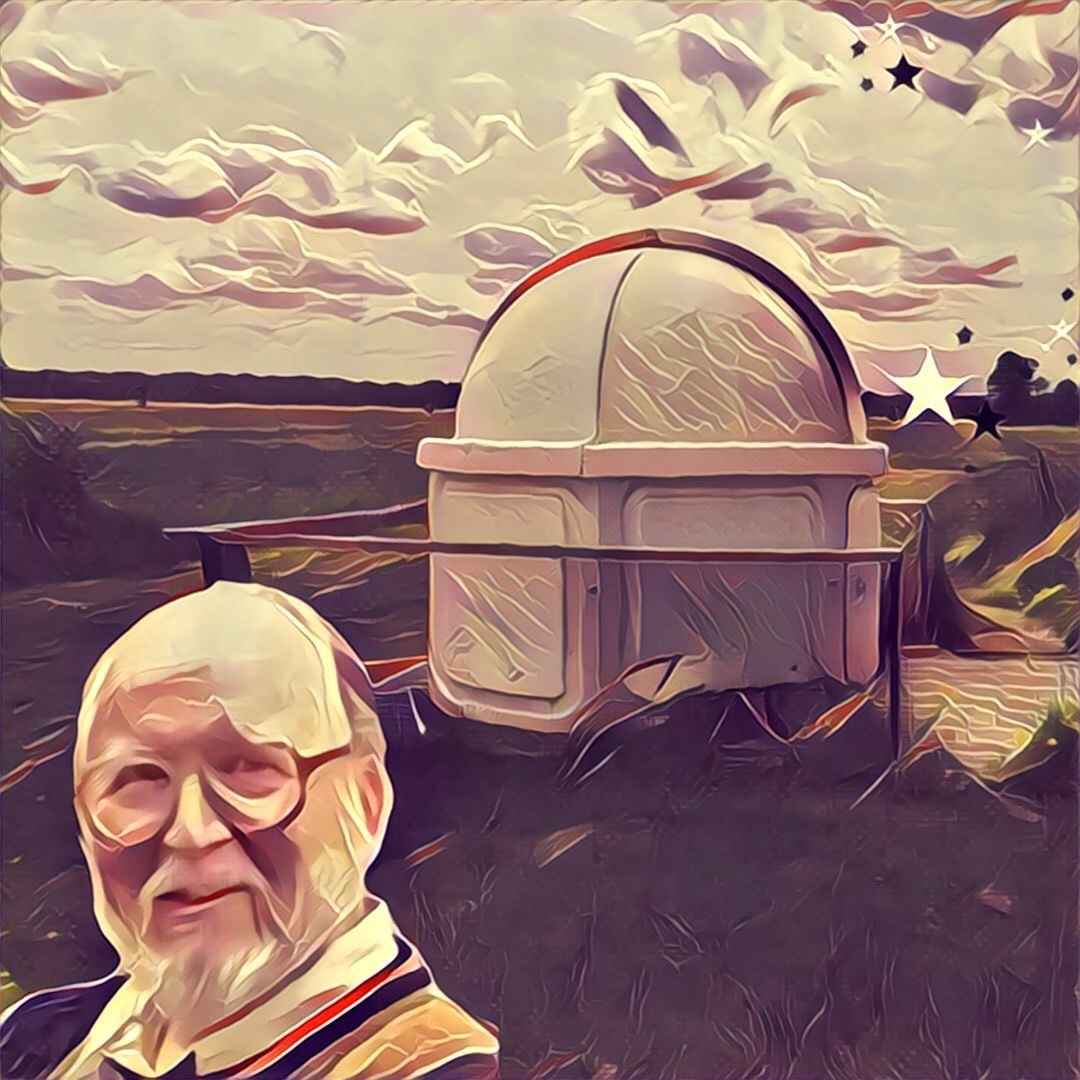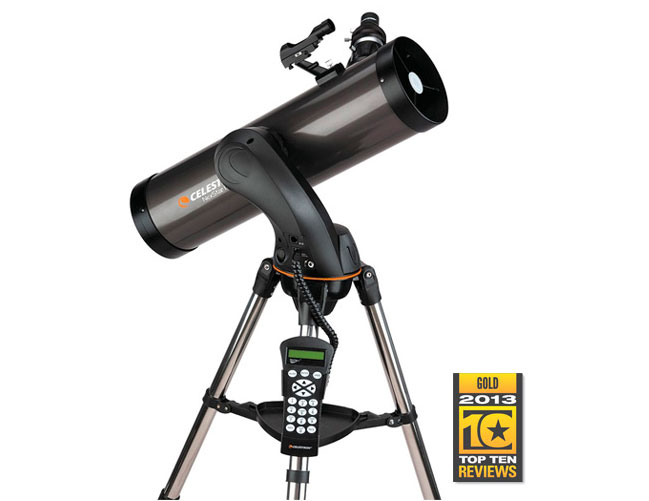Jupiter & Venus Will Meet Up in the Morning Sky Monday
Get up early any morning this week to see a spectacular cosmic treat: two morning "stars" dancing at dawn.
By now, early risers have become used to seeing the planet Venus shining brightly in the dawn sky. The planet has been there since January, but lately, Venus has started sinking towards the rising sun, on its way to a superior conjunction on October 25. This week, Venus is joined by Jupiter, a newcomer to the morning sky, just past its conjunction with the sun on July 24.
The two planets are set to meet up in the sky on Monday (Aug. 18). They will be so close that it will be hard to separate them with the naked eye, but anyone with binoculars or a small telescope is in for a treat: the rare chance to see two planets in the same field of view. [Amazing Night Sky Photos of August 2014]
The most striking thing you'll observe is how much brighter Venus is than Jupiter. Even though Venus is on the far side of its orbit and less than a third the diameter of Jupiter, it is so much closer to the sun that it outshines Jupiter by over two magnitudes.
The closeness of the two planets in the sky is deceptive.
Astronomers use the "astronomical unit" as a measuring stick for planetary distances: the average distance from the Earth to the sun, 93 million miles (150 million kilometers). This week, Venus is 1.6 astronomical units from Earth while Jupiter is 6.2 astronomical units, so Jupiter is nearly four times farther away than Venus. Despite this difference in distance, Jupiter still appears larger in diameter because of its vast size, nearly 12 times the diameter of Venus.
If you watch the two planets dance at dawn over the next week, you will see just how rapidly planets can move. This is exaggerated because Venus is sinking behind the sun while Jupiter is rising away from the sun. The speed difference is emphasized by the Earth's own rapid movement around the sun.
Breaking space news, the latest updates on rocket launches, skywatching events and more!
Editor's Note: If you take an amazing photo of the conjunction or if you have any other skywatching image that you'd like to share for a possible story or image gallery, please contact managing editor Tariq Malik at spacephotos@space.com.
This article was provided to Space.com by Simulation Curriculum, the leader in space science curriculum solutions and the makers of Starry Night and SkySafari. Follow Starry Night on Twitter @StarryNightEdu. Follow us @Spacedotcom, Facebook and Google+. Original article on Space.com.

Geoff Gaherty was Space.com's Night Sky columnist and in partnership with Starry Night software and a dedicated amateur astronomer who sought to share the wonders of the night sky with the world. Based in Canada, Geoff studied mathematics and physics at McGill University and earned a Ph.D. in anthropology from the University of Toronto, all while pursuing a passion for the night sky and serving as an astronomy communicator. He credited a partial solar eclipse observed in 1946 (at age 5) and his 1957 sighting of the Comet Arend-Roland as a teenager for sparking his interest in amateur astronomy. In 2008, Geoff won the Chant Medal from the Royal Astronomical Society of Canada, an award given to a Canadian amateur astronomer in recognition of their lifetime achievements. Sadly, Geoff passed away July 7, 2016 due to complications from a kidney transplant, but his legacy continues at Starry Night.



